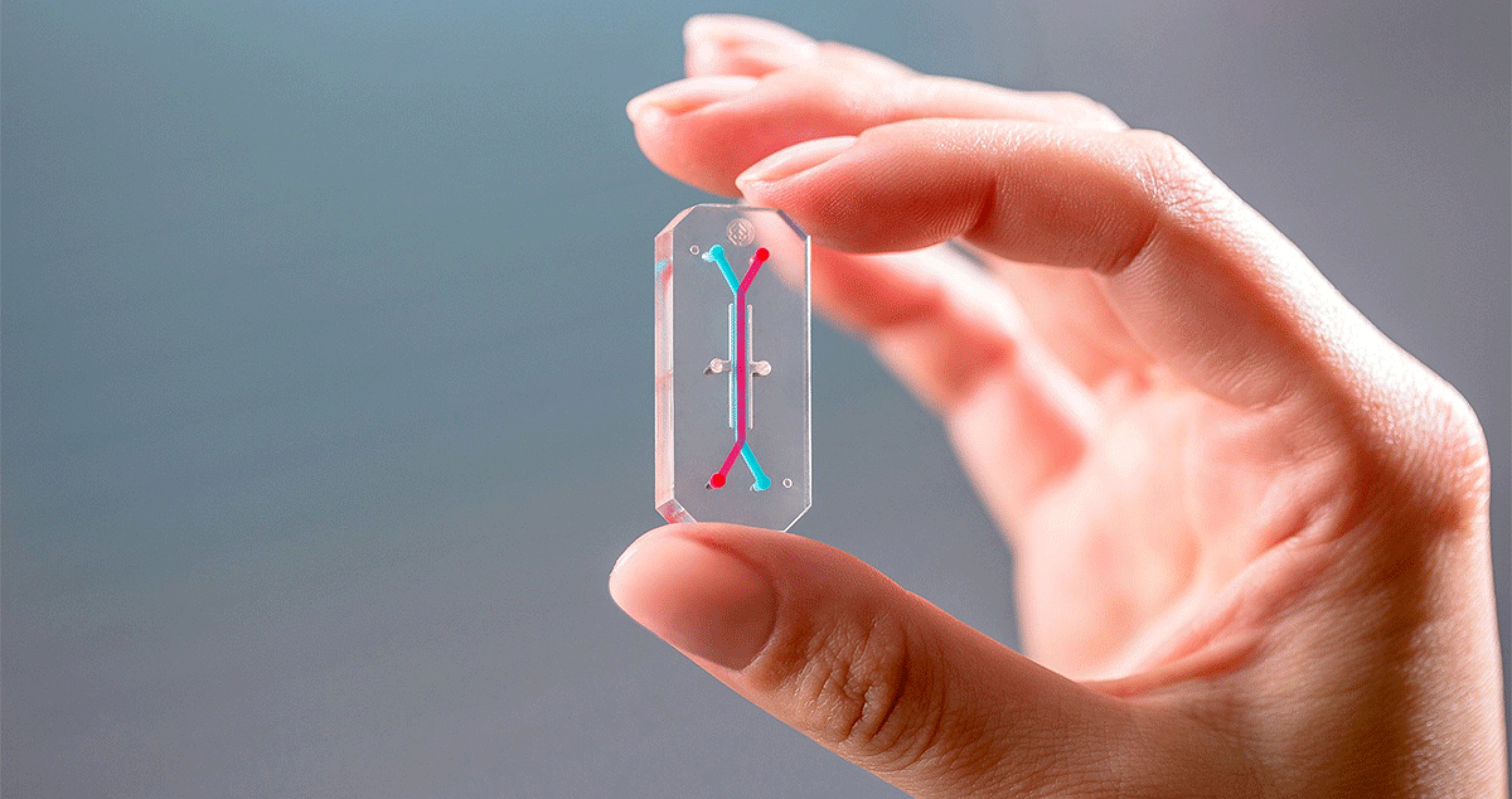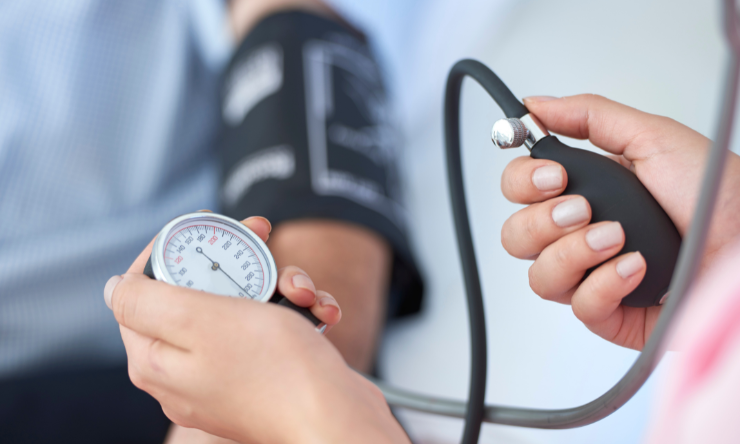Share
Researchers have created a novel ‘organ-on-a-chip’ device that has potential applications in the field of glaucoma diagnosis.

The matchbox-sized device is made of a special gel, and contains small channels that are surrounded by human eye cells. Its design simulates the flow of aqueous humour as it drains from the eye, allowing researchers to study how eye pressure is controlled. The device also allows for several experiments to be run in parallel at once using a single chip.
The device has gained the attention of UK-based charity Fight for Sight, who has agreed to fund its ongoing development.
Dr Darryl Overby and Dr Sam Au from Imperial College London will be working on the project in collaboration with specialists from Massachusetts Institute of Technology and Duke University. With the funding, the researchers will have access to the latest bioengineering technology for the device.
“Organ-on-chip technologies provide a unique opportunity to probe organ and tissue-level functions without using animal models. By applying organ-on-chip approaches to the trabecular meshwork, which is the primary drainage route from the eye,” Overby said.
“We can investigate directly how this tissue regulates eye pressure. This will ultimately allow us to develop better drugs that more effectively lower eye pressure and prevent blindness in glaucoma. We are thankful to Fight for Sight and for the generosity of their donors to be able to work on this exciting project.”
Further studies could study a significant number of conditions.
The team was awarded £100,000 (AU$182,000) to support the three-year project.


